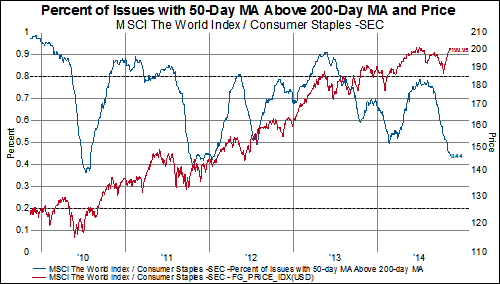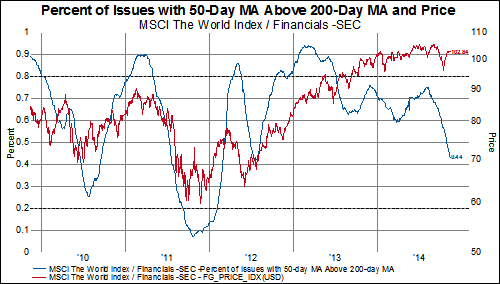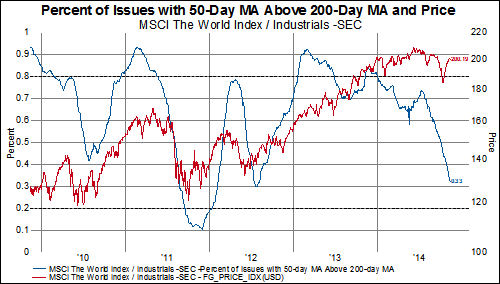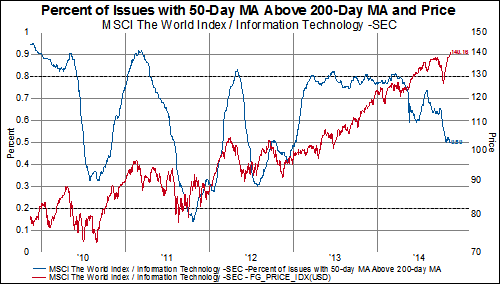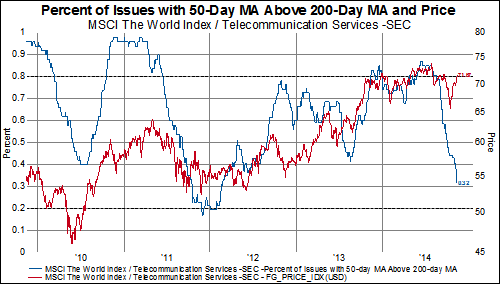Today's release of the ZEW financial market survey for Germany revealed a surprising increase in economic expectations, compared to the consensus for a marginal improvement:
chart note:
dark blue = balance
red = improve
light blue = no change
black = worsen
Meanwhile, the question on current economic conditions revealed no change from low levels reached a month ago:
Inflation expectations and the outlook for interest rates continue to fall, while hopes for an improvement in the DAX have risen, on balance:
Profit expectations are looking brighter in a few industries, led by large increases in the Machinery and Electronics groups.
Chemicals
Information Technology
Consumer Goods & Retail
Services
Machine Construction
Construction
Electronics
Telecommunications
Conversely, the outlook for Financial, Utility, and Auto industries continues to be less promising, according to the 220 analysts queried in this month's survey:
Vehicle Construction
Steel
Utilities
Banks
Insurance Companies
As the first in a long list of economic sentiment surveys, the question remains as to whether or not those in other countries will follow:






















































